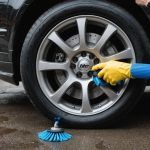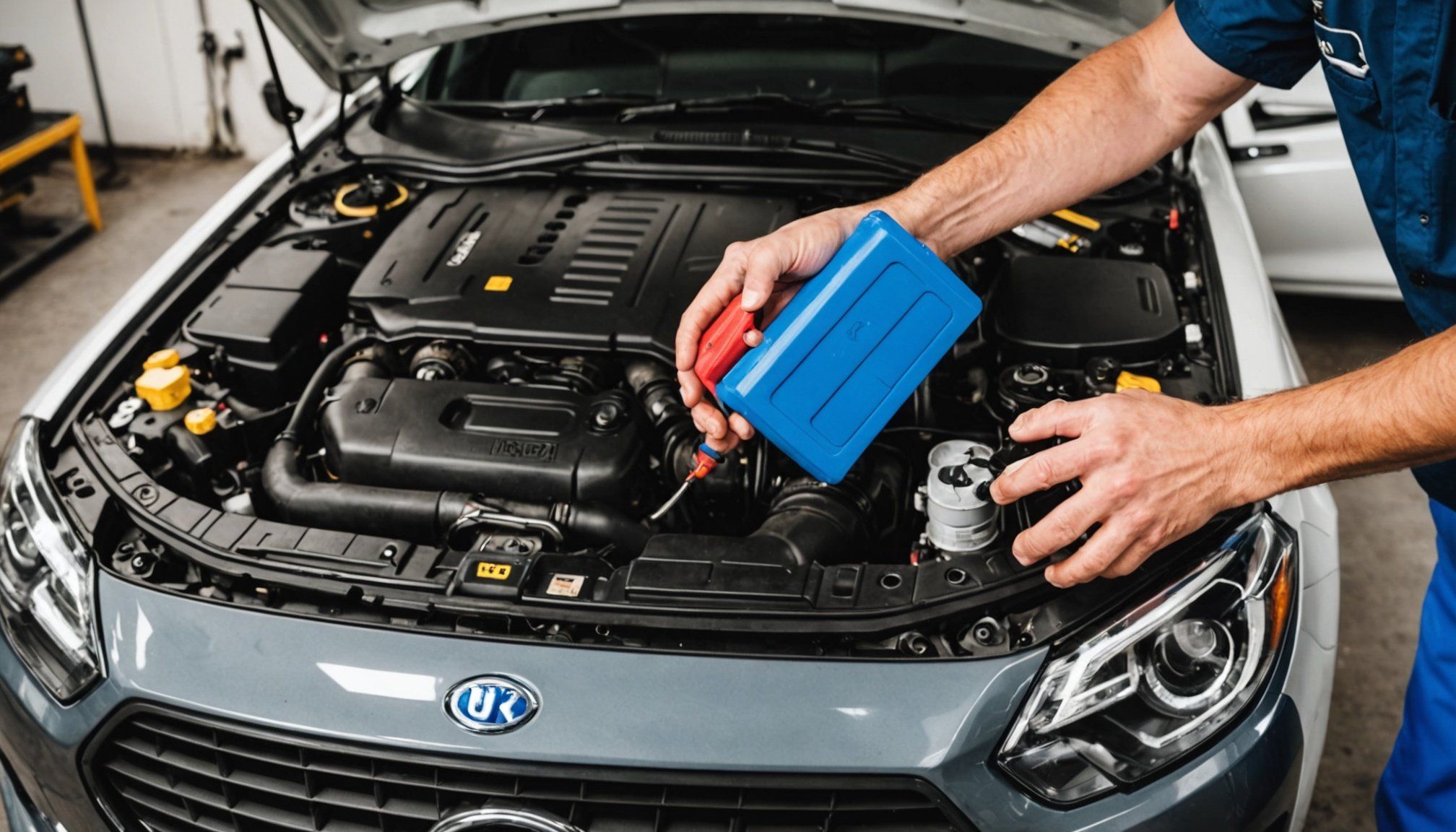When it comes to maintaining your vehicle, corrosion is one of the biggest threats. In the UK, the combination of wet weather, road salt, and grime makes cars particularly susceptible to rust. Fortunately, undercoating products offer a valuable line of defense against this issue. In this article, we will explore the various aspects of vehicle undercoating, including what it is, the different types available, their benefits, and how to apply them effectively. Understanding these factors will help you make informed decisions to protect your car and prolong its life.
Understanding Undercoating: What Is It?
Undercoating refers to a protective layer applied to the underbody of a vehicle to prevent rust and corrosion. This underbody is particularly vulnerable due to constant exposure to moisture, dirt, and road salt, which can initiate the oxidation process leading to rust. Undercoating products typically come in two main types: oil-based and wax-based sprays. Both types create a barrier between the metal surface of your vehicle and the external elements.
In parallel : How can I utilize UK vehicle wheel cleaners to improve safety and aesthetics?
Oil-based undercoating products penetrate deep into the metal, creating a seal that can last for years. They are often favored for their excellent protection properties, as they can effectively displace moisture. On the other hand, wax-based undercoatings provide a thicker film that can resist physical abrasions, making them suitable for vehicles that frequently travel on gravel or rough roads. However, wax undercoating may require reapplication more often than oil-based products.
Choosing the right type often depends on your vehicle’s usage and the environment in which you drive. For instance, if you live in an area where road salt is heavily used during winters, an oil-based coating might offer better long-term protection. In contrast, if you often drive through unpaved or rugged terrains, a wax-based product could provide the durability you need. Ultimately, understanding these fundamental distinctions will help you select an ideal undercoating solution for your vehicle.
Also to read : What role do UK vehicle polish products play in maintaining a car’s appearance?
Why Undercoating Is Essential for Vehicle Longevity
Applying an undercoating product provides your car with essential rustproofing that can extend its lifespan significantly. Corrosion can lead to structural weaknesses, which may compromise the safety and functionality of your vehicle. By investing in undercoating, you protect critical components such as the frame, fuel lines, and exhaust system from premature wear.
Moreover, manufacturers often provide warranties for newer vehicles, but these typically do not cover corrosion. Therefore, by proactively applying undercoating, you can safeguard your investments from rust damage, ensuring that your vehicle remains in excellent condition for years to come. Enhanced resale value is another benefit to consider. A well-maintained vehicle with no visible rust or corrosion can fetch a higher price in the market, attracting potential buyers who are looking for quality vehicles.
It’s also worth noting that undercoating is not just about rust prevention; it provides a sound-deadening effect. The added layer can help reduce road noise, resulting in a quieter ride. Furthermore, some undercoating products offer additional benefits, such as heat resistance, which can protect the underbody from high temperatures caused by engine heat. Therefore, the application of undercoating is a multifaceted approach to vehicle protection, blending both aesthetic and functional advantages.
How to Apply Undercoating Effectively
Applying undercoating is a straightforward process, but it requires some preparation to ensure the best results. First, you need to choose a suitable product that meets your vehicle’s specific needs. Once you have your undercoating product ready, follow these essential steps for a successful application:
-
Clean the Surface: Before applying any undercoating, thoroughly clean the underbody of your vehicle. This step is crucial as dirt, debris, and old rust can hinder the bonding process of the new coating. Use a pressure washer or a hose to remove any loose dirt. Don’t forget to address hard-to-reach areas.
-
Allow It to Dry: After cleaning, let the underbody dry completely. Moisture on the surface can cause the undercoating to peel or fail to adhere properly.
-
Mask Areas: Use masking tape to cover areas that you do not want to coat, such as brake lines, exhaust systems, and electrical components. This protects them from overspray and ensures a neat finish.
-
Apply the Undercoating: Using a spray gun or a can, evenly apply the undercoating product to the desired areas. It’s best to start at one end and work your way to the other, ensuring full coverage. Apply multiple thin coats rather than a single thick layer for optimal results.
-
Drying Time: Allow the undercoating to cure for the time specified by the manufacturer. Depending on the product, this could take several hours to a few days. Avoid driving the vehicle during this time to prevent damage to the newly applied coating.
Following these steps ensures that your vehicle receives adequate protection against rust and corrosion, prolonging its life and maintaining its structural integrity.
Choosing the Right Undercoating Products
With a plethora of undercoating products available on the market, selecting the right one can be daunting. Several factors should influence your decision. First, consider the environmental conditions in which your vehicle operates. For instance, if you live in a coastal area with high humidity or proximity to the ocean, a rustproofing oil-based product may be your best bet due to its water-displacing properties.
Next, assess your vehicle’s age and condition. Older vehicles with existing rust may benefit from products specifically formulated to encapsulate and halt rust progression. Alternatively, newer vehicles may only need a preventative spray to maintain their pristine condition. Look for products that offer a warranty or guarantee, which can give you peace of mind about their effectiveness.
Additionally, pay attention to the application method. Some undercoating products are designed for easy DIY application, while others may require professional installation. If you opt for a DIY product, ensure that you have the necessary tools and safety gear to apply it correctly.
Lastly, consider user reviews and brand reputation. Researching customer feedback can provide insights into the product’s performance and durability over time. A reputable brand with positive reviews often indicates a reliable product that delivers on its promises.
By carefully evaluating these factors, you can confidently choose an undercoating product that suits your vehicle’s needs and provides the best protection against rust and corrosion.
In conclusion, understanding the importance of vehicle undercoating cannot be overlooked, especially in the UK’s challenging driving environment. By investing in high-quality undercoating products, you are actively protecting your vehicle from rust and corrosion that can lead to costly repairs. Whether you choose oil-based or wax-based products, the key is to follow the correct application process to ensure effective results. With regular maintenance and a keen eye on the condition of your undercoating, you can significantly extend the life of your vehicle and enhance its resale value. Make informed decisions and prioritize your vehicle’s protection to enjoy trouble-free driving for many years ahead.











